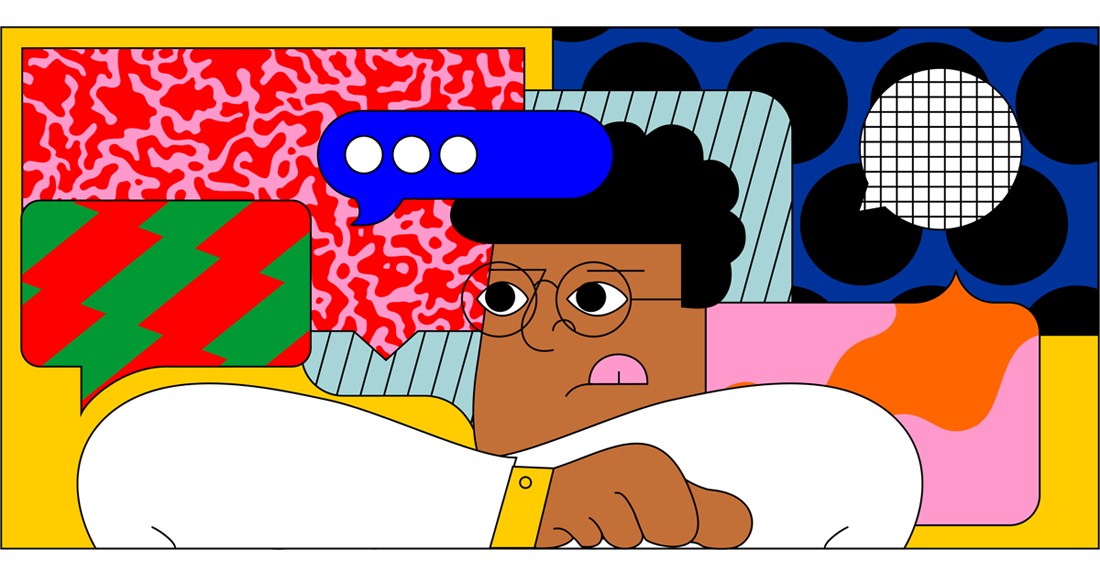Hello again, dear reader! The following text is the second article in the Themes Kingdom series How to Get Your Business Started. The goal of this series is to help future small business owners bring their ideas to life. In case you are wondering, the focus of our next article is several ways you can create a website on your own, from scratch, so stay tuned!
First, let’s summarize what you’ve learned from reading our previous blog post.
In that text, we divided the process of starting a business with no money into two steps: idea development and idea testing. On the one hand, we mentioned that developing a business idea requires investing only your time. On the other hand, the period of idea testing does require spending a bit of money.
In this article, we will focus on that second step and investing wisely in making the actual product, creating a website and placing ads on social media. When it comes to product making, unfortunately, we are of no use. It all depends on what your business idea is. What we can do, however, is to guide you through the process of making your website.
To make your own website, you’ll need three things: will, patience and a well-designed WordPress theme. It is all about your focus and the will to create a trustworthy, groundbreaking business website that will build your brand identity.
So, since you are determined to make your own website the questions is: should you sit down, google how to build a website and start doing it? Sure, you can do it. However, before you start with designing the website, it might be a good idea to make a plan of what your site should look like.
To help you plan all the steps that come before making a website, we have prepared seven questions you would want to answer.
These questions are:
Are you going to make your own website?
Most likely, your answer will be “Hell, yeah!” and here’s why.
First off, there are three options you can take into count if you want to build a website:
- you can do it on your own,
- hire a freelance web developer/web designer or
- partner up with a web development company.
The third option seems a bit excessive and unnecessary since the cost of that partnership can go anywhere between $2,000 to $8,000. In some cases, depending on the agency, prices can quickly go up to $50,000. Scratch that!
The second option is to pay a freelancer to do it. You can check out platforms like People per Hour, UpWork, Toptal or post a job description on websites like Freelancer or Guru.
What’s so great about working with a freelancer? It opens you to a world of possibilities, literally. Interested in hiring a web developer from Ukraine? Alternatively, Canada, perhaps? No problem! Just type the keywords in the search bar of the previously mentioned platforms, and you are good to go.
Now, the big question – how much does partnering up with a freelancer cost? Well, depending on the country, freelancers’ hourly rates can go anywhere between $30 (South Asia) and $80 (Australia and Switzerland). To spare you from calculating, you will end up paying between one and two thousand dollars. Scratch that option, as well.
In the end, you can make your own website, for less than $100 per month, including the hosting and domain registering. Now, if you decide to do it by yourself, you can build it in 3 different ways:
- from scratch by using HTML/CSS,
- by using site building platforms like WordPress or Drupal or
- choosing a website builder.
We are going to explain all three of these options in the following blog post.
What makes your business unique?
In other words, what is your USP ー Unique Selling Proposition?
Let’s face it: if you didn’t think your business idea was unique, you wouldn’t be developing it in the first place.
So, what makes you one of a kind? Is it an innovative product or a service? A new material, perhaps? Being environment-friendly while producing high-quality goods? Only you can answer this question.
What is the goal of your website?
Now that you have decided to make your own website and you know what makes your business idea unique, it’s time to focus on the strategic part and the planning.
Every good strategy starts with a purpose or a goal. If you genuinely want to create a website and invest resources into this process, you need to know why you are doing it.
So, what is the goal of having a website? Before you even begin to say “To make money, of course!” let us stop you right there.
We are well aware of the fact that you are trying to start a profitable business but “making money” should not be your only goal. If you want to succeed and make the name of your brand, your ultimate goal should be to solve a problem your potential customers have.
Since you are building a small business from scratch, you will most likely want to raise awareness of your brand, slowly make a reputation by educating your target audience about the specific product you are selling.
If you are having trouble defining the goal, you can use the SMART technique. SMART is an acronym often used in project management. It was created by Peter Drucker, a well-known modern businesses management consultant.
According to Drucker, every goal has to be:
- Specific (clear and understandable),
- Measurable (tracking the progress of that goal),
- Achievable (easily attainable),
- Relevant (suitable for the situation you are currently in) and
- Time-based (having a target date).
Why is it so important to define the goal before you make your own website? Because determining the purpose of a site affects all other decisions that have to do with website design. Like we mentioned in the previous article, if your goal is to have a cupcake shop, an online shop website may be the one for you if you want to stand out from your competition and if you have enough resources to deliver the cupcakes.
Who are your competitors and what is your target audience?
Who knew that in order to make your own website you need to go back to competition analysis?
Having competitors is always a good thing because you can learn from other people’s mistakes. So, before you rush to create your website content, stop for a minute and think about your competitors. Keep in mind that this step shouldn’t be that time-consuming because all this information should already be in your business plan.
When it comes to competitors, the only tip we can give you is to dig a bit deeper. Sure ー you have a list of competitors ー but have you tried thinking about companies that are not the first choice? The ones that are not your direct competition? What are they doing well? What mistakes have they made? What can you learn from them?
On the other hand, when making a list of features of your target audience, try thinking outside the box. Focus on your potential customers’ emotions (in some cases fears) and pain points. Never forget that your target audience is the one that googles the problem looking to find a solution. Keeping this in mind, think about these questions:
- How are your potential customers feeling when they are googling their problem?
- What do they expect to find?
- Are they afraid or just uncomfortable?
- How are you going to solve their discomfort most efficiently?
Providing answers to all these questions will help you make your own website faster and more effective.
How should a business website look like?
Even after all the questions, you still don’t have the answer to the most important of them all ー what should your website look like.
As web developers and designers, we have to admit there are so many design elements and features to include in a website ー from the basic ones like adding social media buttons, shopping cart or sliders to making a website responsive and mobile-friendly and many, many more.
If you are not a web designer yourself, no one expects you to know where to start from and what design elements you should to include. Don’t worry. You don’t need a professional to guide you. Just a bit of imagination.
To get started with your website design, find three to five sites you really like. Think about their structure, what makes them unique and what elements you would want to include in your design and what features you don’t like. Do you love the colors or typography? Perhaps an animation caught your eye? Write it all down.
Your next step should be to find already created themes which remind you of the websites you like. We would advise you to choose WordPress themes (no surprise there!). From this point on, you can easily make your own website without too much hassle in the design department. If you are interested in finding out how you can build a website from scratch using WordPress stay with us ー we are going to cover this subject in one of our upcoming blog posts in this series.
How are you going to make your visitors stay on the website?
Better yet, how are you going to stop visitors from bouncing off your website? How are you going to raise the time they spend going through your pages?
The answer to all these questions is simple: with great content.
Having a site with a clean design, clear navigation filled with familiar terminology and some beautiful photos should do the trick. Try to stay away from industry terms and having an overly promotional copy. Be sure to include some brand identity elements, like your logo and a moto, and try to stay away from using stock photos. Remember: your potential customers want to see YOUR story, your struggles, and victories.
How are you going to measure the results?
Depending on what the goal of the website is, your key point indicators (KPIs) will be different.
If everything goes right, you will have many visitors on your website. Google Analytics parameters are going to show specific numbers and slowly, but surely, you will have enough metrics to make a report.
All those numbers show some information about your audience. Analyzing all this information is not only exhausting but also unproductive. So, what metrics will you pay the most attention to?
Well, depending on your goal and website type you will monitor different metrics. If you are not sure where to start from, check out this Crazy Egg’s article.
Remember, your website can be considered a success only when there are good results to prove it.
Conclusion
Woah, this article felt like a bumpy road! Well, that’s because deciding to make your own website is a process that you should take very seriously.
From deciding to do it by yourself to choosing metrics to measure your results, you have a long way to go, so start today.
Define the goal of your website and start working on it today! Don’t waste another second. Also, don’t worry. We got your back!




2 thoughts on “ 7 questions you must answer before deciding to make your own website ”